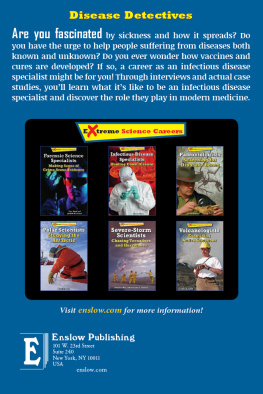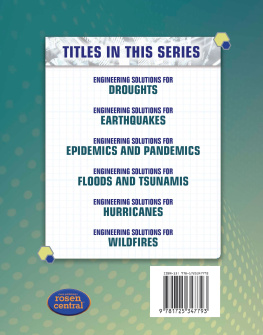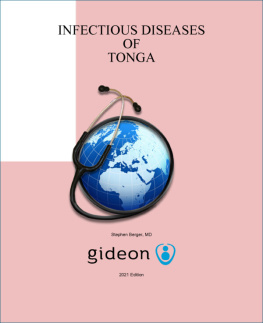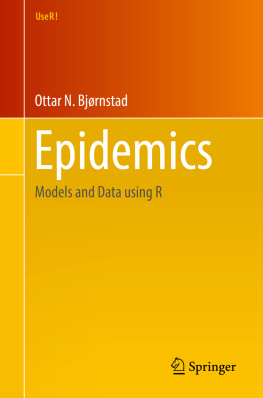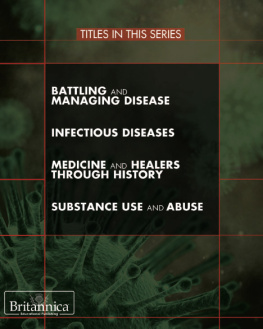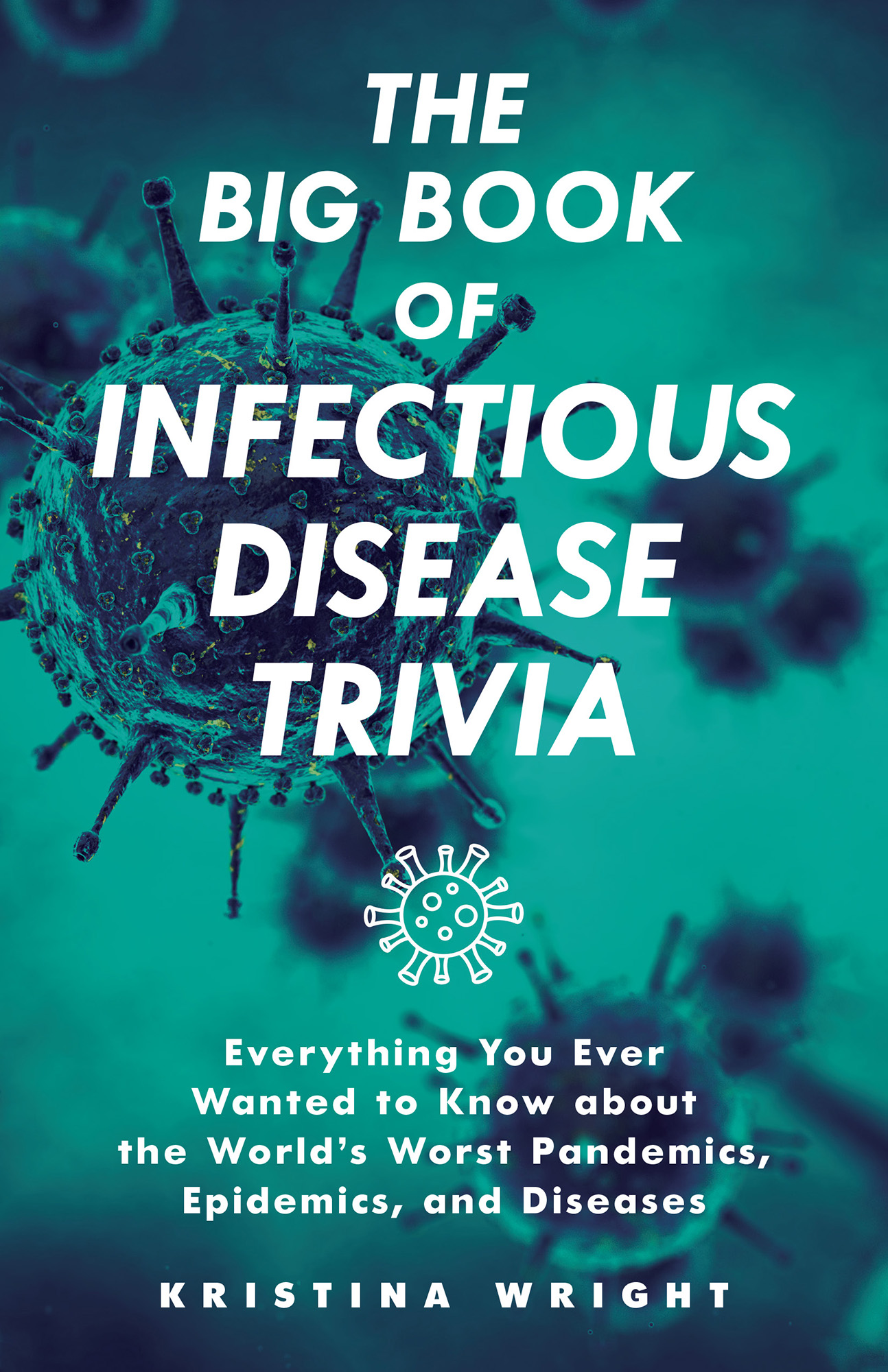Contents
Guide
Text copyright 2021 Kristina Wright. Design and concept copyright 2021 Ulysses Press and its licensors. All rights reserved. Any unauthorized duplication in whole or in part or dissemination of this edition by any means (including but not limited to photocopying, electronic devices, digital versions, and the internet) will be prosecuted to the fullest extent of the law.
Published in the US by:
ULYSSES PRESS
PO Box 3440
Berkeley, CA 94703
www.ulyssespress.com
ISBN: 978-1-64604-138-1
ISBN-13: 978-1-6460-4139-8 (eBook)
Library of Congress Control Number: 2020946842
Acquisitions editor: Claire Sielaff
Managing editor: Claire Chun
Editor: Kathy Kaiser
Proofreader: Renee Rutledge
Front cover design: Rebecca Lown
Artwork: nobeastsofierce/shutterstock.com
Interior design: what!design @ whatweb.com
NOTE TO READERS: This book is independently authored and published. No endorsement or sponsorship by or affiliation with copyright and trademark holders is claimed or suggested. All references in this book to copyrighted or trademarked products are for the purpose of commentary, criticism, analysis, and literary discussion only.
INTRODUCTION
WHY ARE WE TALKING ABOUT INFECTIOUS DISEASES?
Welcome to the world of infectious diseases! Youll want to wash your hands and put on a face mask before you dive into this germ pool.
Infectious diseases have plagued humankind since the dawn of time. From the ubiquity of the common cold to malaria, dengue fever, and other diseases that spread like wildfire in tropical climates, communities have endured a dizzying variety of person-to-person and animal-to-person diseases.
Although some infectious diseases are no more than an inconvenience to be weathered with a combination of rest, fluids, over-the-counter medications, and a subscription to Netflix, other diseases have causedand continue to causewidespread illness and death, with no cure in sight.
The Big Book of Infectious Disease Trivia is filled with information about the history of infectious diseases and how they have affected populations around the globe. These diseases have not only influenced how people live, work, and travel, but have also led to the development of cutting-edge science and the creation of medical disciplines, such as epidemiology and virology.
From the familiar diseases, such as influenza, to the ancient diseases, such as leprosy, to the oddly named diseases, such as mad cow disease, to the disease caused by a novel (new) coronavirus, COVID-19, The Big Book of Infectious Disease Trivia digs into the mind-blowing facts and obscure details about many infectious diseases, past and present, while offering insight into what our future holds.
As we move into a new normal with COVID-19 and face a future in which words such as social distancing and self-quarantine will certainly linger in our collective consciousness, its important to remember that our ancestors were here before and, even in times of great uncertainty, we can be guided by their fortitude and wisdom. (And comforted by Grandmas recipe for chicken noodle soup.)
For anyone who has ever uttered the words I feel like I have the plague or wondered how COVID-19 is really different from seasonal influenza, The Big Book of Infectious Disease Trivia will answer all of your questions about infectious diseases, as well as covering the strange and bizarre questions you may never have thought to ask.
On this bumpy ride through history, hand sanitizer is a necessity and Anthony Fauci, MD, is our best friend. Are you ready? Good, face masks on, and lets go!
CHAPTER 1 UNDERSTANDING INFECTIOUS DISEASES

A Laypersons Guide to Disease Terminology and the Basics of Epidemiology
Question: What are infectious diseases?
Answer: Infectious diseases are disorders caused by organisms, such as bacteria, fungi, parasites, or viruses. Infectious diseases can be transmitted in a variety of ways: Some can be passed from person to person, while others are transmitted by insects or animals. Still others can be transmitted through the consumption of contaminated food or water, or even through exposure to certain organisms in the environment.
Many infectious diseases, such as chicken pox, measles, tuberculosis, and pertussis (whooping cough), can be prevented by vaccines administered starting in childhood. Frequent and thorough handwashing can also prevent people from catching or transmitting many infectious diseases. In fact, handwashing alone can reduce the risk of catching a respiratory illness, such as influenza or the common cold, by as much as 45 percent.
Many infectious diseases present as mild infections and will often respond to a combination of rest, fluids, and over-the-counter medications. Some infections, however, can become life-threatening and may require hospitalization.
Signs and symptoms of an infectious disease can vary depending on the organism that has caused the infection, but the most frequent symptoms seen in many infectious diseases include fever and fatigue.
Question: What was the first documented infectious disease?
Answer: As long as there have been people, there have been infectious diseases. Leprosy was first recorded in India around 600 BCE, but molecular evidence suggests the disease may have originated in Africa as far back as the Paleolithic period (2.5 million years ago to 10,000 years ago).
Caused by the bacteria Mycobacteria leprae, or M. leprae, leprosy still exists in the modern era, but it is not highly contagious. Children are more likely than adults to get leprosy, with the infection being transmitted through repeated contact with droplets from the nose and mouth of someone with untreated leprosy.
According to the World Health Organization (WHO), there are currently only around 180,000 cases of leprosy worldwide, mostly in Africa and Asia. In the United States, around one hundred people are diagnosed with leprosy each year, most of them in California, Hawaii, the South, and some US territories.
Question: What is the difference between an infectious disease and a contagious disease?
Answer: Infectious and contagious are often used interchangeably when referring to disease transmission, but the two words actually have different meanings. All contagious diseases are infectious, but not all infectious diseases are contagious.
Infectious diseases are illnesses caused by microscopic germs, such as bacteria, fungi, or viruses, that enter the body and cause an infection. Some infectious diseases are spread by contact with an infected person or animal, or by contact with their bodily fluids. Still other infectious diseases can be spread by contact with a contaminated object, such as a tissue, water fountain, or door handle; by contact with contaminated food, water, air, or soil; or by contact with disease-carrying insects or animals.
Infectious diseases that are easily spread through person-to-person contact are called contagious, or communicable, diseases. These are examples of contagious infectious diseases:



